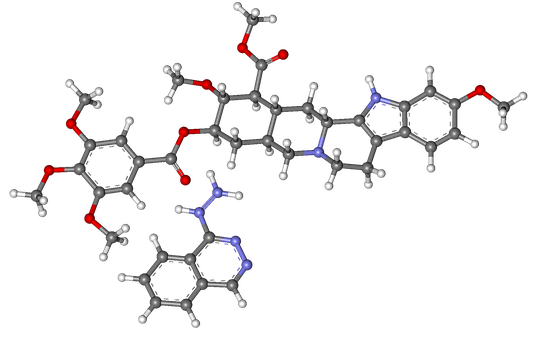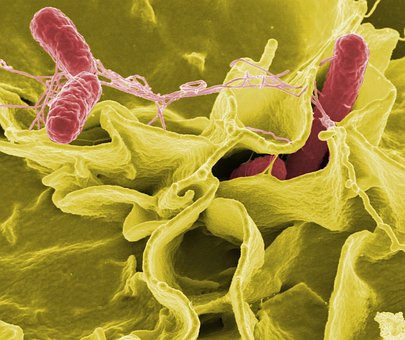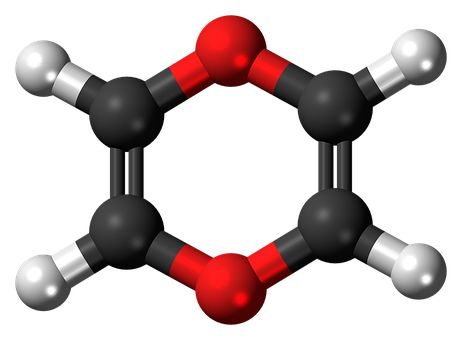Greetings to all,
I am back with another blog for everyone.

We will talk about bonding but it will be a different bonding today.
When we think of the word "bonding," we often think of the emotional connection that exists between individuals.
However, in the world of chemistry, bonding takes on a whole different meaning. True bonding in chemistry refers to the forces that hold atoms together in a molecule, creating a stable and cohesive structure.

At its core, bonding is all about the sharing or exchange of electrons between atoms. Atoms are made up of protons, neutrons, and electrons, with the electrons being the smallest and most mobile of the three. When two atoms come into close proximity, their electrons can interact, creating a bond.
There are several different types of bonding that can occur between atoms. The most common type of bonding is covalent bonding, which occurs when two atoms share electrons in order to achieve a more stable electron configuration. This type of bonding is typically found in non-metallic elements and compounds, such as water or carbon dioxide.

Another type of bonding is ionic bonding, which occurs when atoms with opposite charges attract each other and form a bond. This type of bonding is typically found in salts and other ionic compounds, such as sodium chloride.
When we talk about bondings lets not forget about the metallic bonds that occurs in metals.
In this type of bonding, the electrons in a metal lattice are delocalized, meaning that they are not associated with any one particular atom.
This creates a structure that is highly conductive and malleable, allowing for the formation of metallic substances like gold or silver.
Regardless of the type of bonding, what is important is that it creates a stable and cohesive structure. When atoms are bonded together, they form a molecule that is more stable than the individual atoms themselves.
This stability allows molecules to exist in a variety of forms, from simple diatomic molecules to complex organic compounds.
I hope subject of bonding is clear to all the people here. We will talk about more chemistry topics in coming days or future blogs.

thank you
Greetings
Beautiful article. Please do not forget to support other Blurtconnect publications.
Thank you for more engagement on posts in the Blurtconnect community.
Upvotes are regularly obtained on posts published by authors that engage with fellow Blurtians through comments under articles.
You can enjoy a friendly dialogue with Blurtians Here
Your vote, by clicking here, will mean a lot to the blurtconnect-ng Witness team
Peace
Posted from https://blurtlatam.intinte.org